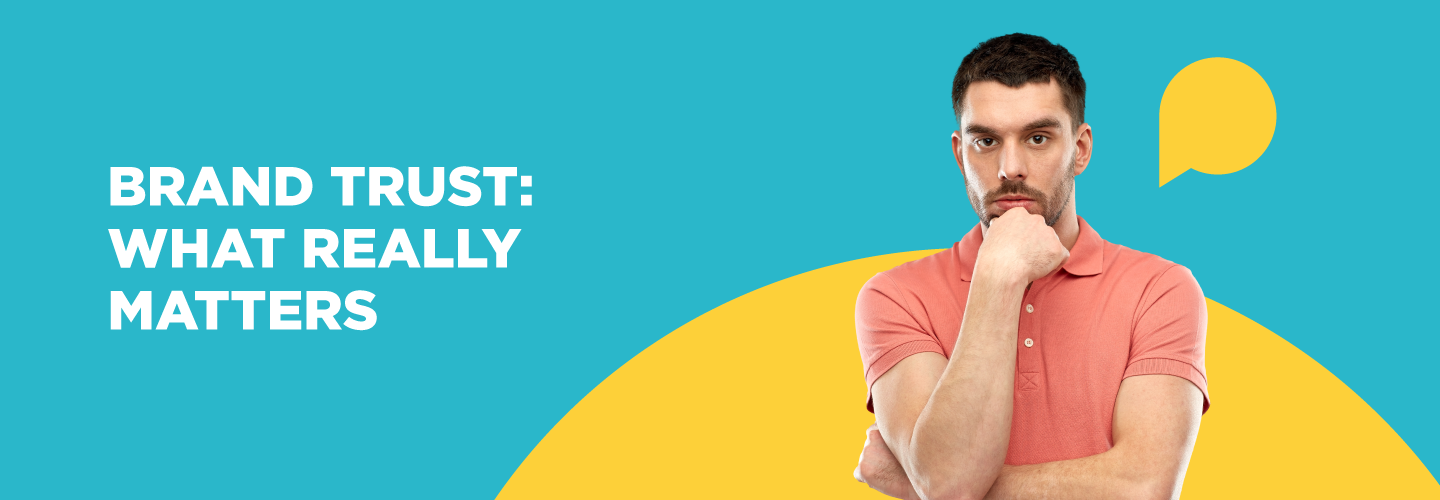

Loyalty? With You? May be, Unless! Brand Loyalty? People Lost It First. Brands Lost It Faster.
Trust used to be something brands earned slowly and lost gradually. Not anymore. The latest TPS Pulse Research, based on 150,609 respondents across 60+ countries part of the TPS global community reveals how “loyalty” expires for both sides. One pattern is hard to miss: people still care about brands, but they are far more decisive and much less forgiving, at least about which brands deserve their trust. Brand loyalty now behaves more like a subscription: if the value drops or the experience slips, people quietly move-on.
Across the world and all age groups, people say they pay close attention to brand names when they buy something. This is true in big metros, smaller cities, and even rural areas. The difference is not whether people notice brands, but how intensely they do it. In India, for example, attention to brands is high and people actively compare options; in the UK and Australia, people lean more on familiar brands and previous experience. Globally, the numbers show a clear tilt toward high brand awareness.
How Much Attention Do People Pay to Brand Names?(Global)
When buying a product, how much attention do you usually pay to the brand name?
Nearly 3 in 4 people say they pay high or very high attention to the brand when they buy. So yes, people are watching brands closely.
But paying attention doesn’t automatically mean trusting a brand. To understand what earns trust, we asked people to rate how important different factors are when they decide whether to trust a brand. We then converted those answers into a 1–5 scale (1 = not important, 5 = extremely important) and calculated the global averages
Share Your Opinions, Shape The Brands That Feels Right for You
What Drives Brand Trust? (Global Average Importance, 1–5 Scale)
How important are each of the following when deciding whether to trust a brand?
(1 = Not important, 5 = Extremely important)
The message from people is very straightforward: trust is built on boring but critical basics. If quality slips, value feels unfair, or information is unclear, no amount of branding can compensate for it. Environmental and ethical behaviour matter, but only after the core experience works.
At the same time, expectations are rising. We asked people how their expectations from brands today compare to three years ago.
How Have Expectations Changed Since 2022?(Global)
Compared to three years ago, how have your expectations from brands changed?
More than half of all respondents (54.4%) say their expectations from brands are higher now than they were three years ago. This aligns strongly with markets like India and other fast-changing economies in our sample, where digital access, product variety, and exposure to alternatives have grown sharply. In more mature markets like the UK and Australia, expectations also rise, but people tend to give brands a bit more time before making a switch.
Even so, when we asked how well brands understand what people really need today, the average score landed below “perfect” — globally, people rated it under 4 out of 5. In other words, respondents largely feel that brands “mostly” understand them, but not fully. That small gap between “good” and “exactly right” is where most trust issues start.
The most striking part of the study comes from how quickly people now act when trust fades. We asked if they had stopped using any brand in the past year specifically because they felt they could no longer trust it.
Global Trust Break: Have People Stopped Using a Brand Due to Trust Issues?
In the past year, have you stopped using any brand because you felt you could no longer trust it?
Nearly 1 in 2 people globally have walked away from at least one brand in the past year because it lost their trust.
In India, the share of people who stopped using a brand due to trust issues is slightly higher than the global average. In the UK and Australia, the proportion is notably lower, suggesting more stable brand relationships. Other markets such as South Africa and the UAE, sit somewhere in between, pairing high attention to brands with relatively high willingness to switch when something feels off.
However, the reasons people gave for losing trust were consistent across countries: quality fell, prices rose without clear justification, the product changed in a way that felt negative, customer service failed to resolve an issue, or reviews and feedback about the brand turned sharply negative. These aren’t abstract ideas they are concrete, daily-life experiences. When people repeatedly see a gap between what a brand says and what it delivers, they quietly stop buying.
At the same time, people are very open to trying new brands. A large majority rated themselves as “likely” or “very likely” to try a new brand soon. The triggers are again practical: good reviews, compelling offers, trusted recommendations, curiosity about something genuinely better, or the feeling that an existing brand is no longer earning its place in their life. Younger consumers, especially those between 18 and 34 are at the forefront of this movement: they notice brands more, switch faster, and lean heavily on social proof.
Put simply, the rules of trust in 2025 look like this: people watch brands closely, expect more than before, forgive less, and move on faster. But their expectations are not unreasonable. They are asking for quality they can rely on, value that feels fair, and communication that doesn’t try to hide the full picture. If brands get that right, trust follows. If they don’t, people quietly reallocate their attention to someone else.
TPS living breathing opinion to insights community defining how real opinions from people shape structured insights that help decode how life is changing across countries, age groups, and lifestyles. In this community we explore how people think about money, health, digital life, relationships, culture, community, and more, but always starting from one place: what people experience, genuinely.
Disclaimer:
These insights are not just for brands; they are for anyone trying to understand how decisions are made in 2025-26. The more people share, the clearer the picture becomes.
